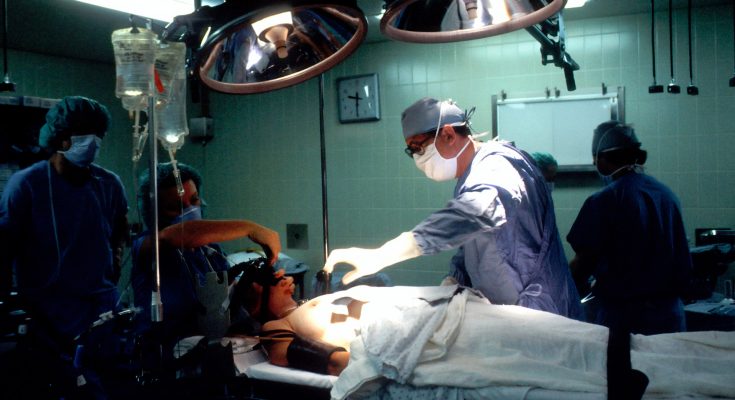Toronto: In its effort to eliminate surgical backlogs and reduce wait times for Ontarians, Ontario is significantly expanding the number of surgeries being done through community surgical and diagnostic centres to make it easier and faster for people to access the publicly-funded surgeries and procedures they need, a news release said.
The government of Ontario is taking measures to protect the stability of health human resources at public hospitals as well as requiring new facilities to provide detailed staffing plans as part of their application and requiring a number of physicians at these centres to have active privileges at their local hospital.
“When it comes to your health, the status quo is no longer acceptable,” said Premier Doug Ford in the news release. “Our government is taking bold action to reduce wait times for surgeries, all while ensuring Ontarians use their OHIP card to get the care they need, never their credit card.”
A three-step plan that better integrates and uses these state-of-the-art facilities has been set up by Ontario to speed up people availing of surgeries and procedures using their health cards.
Step One: The existing backlog for cataract surgeries, which has one of the longest waits for procedure is being tackled urgently by Ontario by adding 14,000 additional cataract surgeries that will be performed each year by new partnerships with community surgical and diagnostic centres in Windsor, Kitchener-Waterloo and Ottawa. This number accounts for the estimated COVID-related backlog of cataract surgeries and represents up to 25% of the province’s current cataract waitlist. 14,000 additional surgeries with existing health human resources will be performed by these centres.
In addition, Ontario is investing more than $18 million in existing centres to cover care for thousands of patients, including more than 49,000 hours of MRI and CT scans, 4,800 cataract surgeries, 900 other ophthalmic surgeries, 1,000 minimally invasive gynaecological surgeries and 2,845 plastic surgeries such as hand soft tissue repair.
It is anticipated that the surgical wait lists would return to pre-pandemic levels by March 2023, barring operational issues.
Step Two: Ontario’s expansion of the scope of community surgical and diagnostic centres to address regional needs with a continued focus on cataracts, as well as MRI and CT imaging and colonoscopy and endoscopy procedures would further reduce wait times. In addition to shortening wait times, starting as early as 2023, these procedures will be non-urgent, low-risk and minimally invasive and, will allow hospitals to focus their efforts and resources on more complex and high-risk surgeries.
Step Three: For the early detection and diagnosis of a health issue have an immense benefit on a patient’s quality of life, prognosis and treatment path, the government is taking steps to introduce legislation in February that will, if passed, allow existing community diagnostic centres to conduct more MRI and CT scanning so that people can access publicly funded diagnostic services faster and closer to home.
Starting in 2024, surgeries for hip and knee replacements would be expanded.
#Ontario, #Surgeries, #procedures, #reducingWaitTimes





